100 days with Nokia 9 PureView: right track, wrong gear
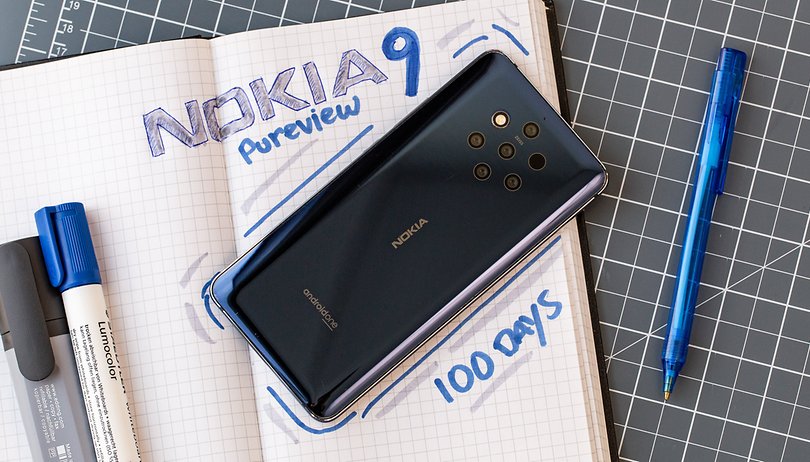

HMD Global even shocked us journalists when, during this year's MWC, it presented the Nokia 9 PureView with five rear cameras. How has this odd device fared over the past few months?
Iconic design, worthy of the brand
Nokia 9 PureView may not be the most revolutionary and extreme-looking device around, but it's impeccably crafted. My colleague David, who reviewed it as soon as it arrived at the editorial office, admitted that he had accidentally dropped it, but I must admit that the device resisted very well for one made of glass.
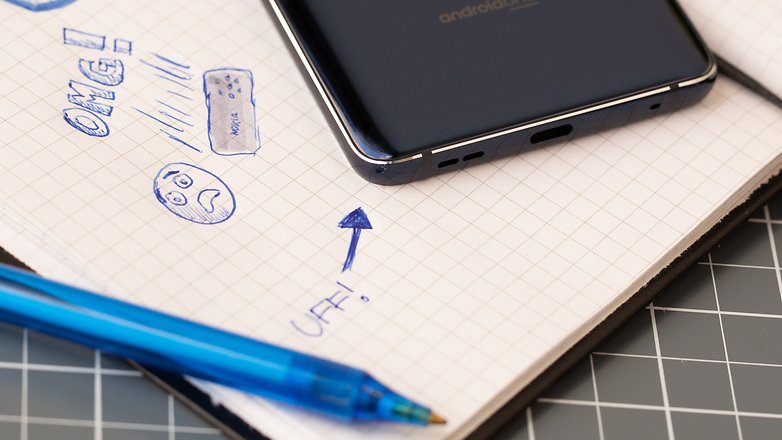
The metal frame with diamond cut finish is very ergonomic, and thanks to the curvature of the glass back, the smartphone sits in the hand perfectly. The front glass that protects the display is completely flat (not even 2.5D) and, although it is not as chic as the curved displays of P30 Pro or S10+, guarantees to avoid any accidental touch. The lower frame below the display is pronounced but ensures symmetry with the upper bezel, where we find the call speaker, various sensors, the selfie camera and the Nokia logo.
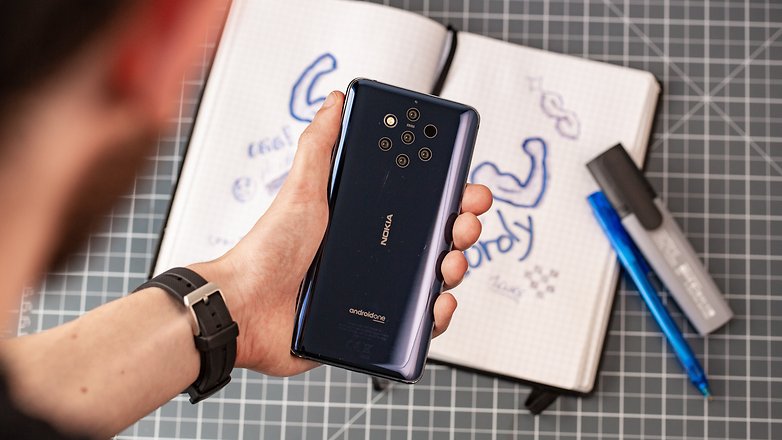
I really appreciate the lack of any protrusion for the rear cameras, except for the frame of the LED flash that you can perceive instead passing your finger on the smooth and slippery glass back. Pro tip: Do not leave the Nokia 9 PureView on a smooth surface that you are not familiar with, as it may slide off.
Android One is the right choice, or almost...
Nokia's choice to use Android One on its smartphones certainly pays off in the middle and low end. But with this top of the range do you really have some benefit? Well, certainly, a practically stock version of Android Pie helps a lot and the absence of any third-party bloatware is a joy. The only two installed apps not produced by Google are My Phone (HMD's support and service center) and the camera app. Lightroom is on your smartphone to help you edit RAW photos captured by Nokia 9 PureView, but you can choose during setup whether to install it or not.
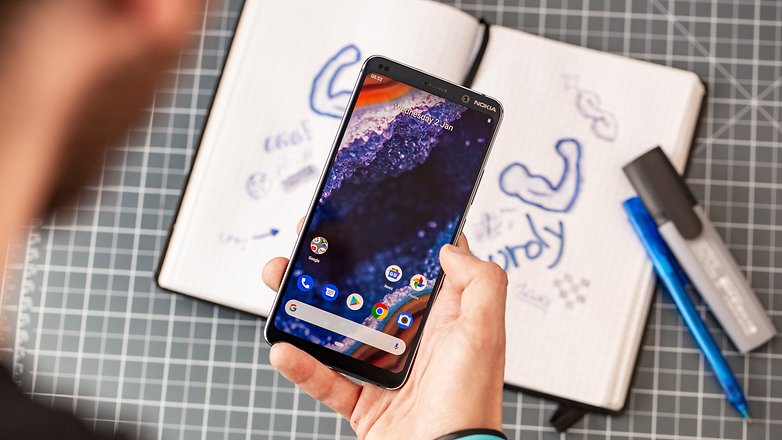
However Android One is really bare and on this Nokia you won't find any unique software function that can distinguish it from the myriad of other devices on the market. Someone could contradict me by saying that being simple is its distinguishing feature, but it's all a matter of taste, isn't it?
Forget about biometrics
It will take very few words to make you understand this big problem with Nokia 9. Facial recognition takes a long time when compared to the competition that uses only the front camera as it does, and is ineffective if not in full light.
The integrated fingerprint reader in the display is so slow that it is easier to press the unlock button, slide your finger up and trace a complicated pattern. Instead of this solution it was better to have a classic capacitive fingerprint reader on the back (where objectively there is not much space, however), on one side or even in the frame under a P20 Pro-style display.
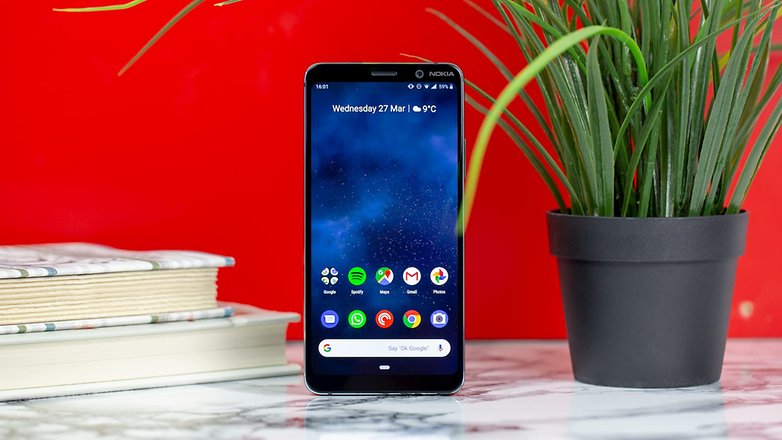
The biggest promise is also the biggest disappointment
PureView: This was the brand name given by the Finnish brand to smartphones equipped with the most advanced camera possible for the company. Nokia 808 and Nokia Lumia 1020 are still milestones for smartphone photography and have become a legend for enthusiasts, but the Lumia 920 (among others) was also part of the category.
Nokia 9 PureView therefore has a big responsibility on its shoulders not to let down the memory of its ancestors. Unfortunately, in 2019, the competition in the world of smartphones is mainly focused on the quality of the images taken and this is not a good starting point. Competition is fierce and lethal.
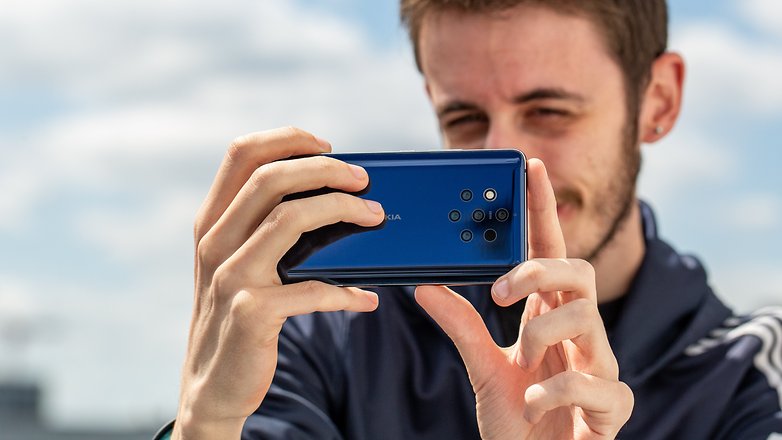
The Nokia 9 has five 12MP (3 RGB and 2 BW) cameras of the same focal length to capture all the possible information and then process it, and take incredibly detailed photos suitable for professional editing, or at least that was the promise made by HMD.
In reality, not all that glitters is gold. First, the shots are instantaneous (you can take multiple photos in a quick sequence without delay) but the processing of the images, which takes place in the background, takes an unacceptable amount of time. The only way to enjoy taking photos with this smartphone is to trust the software completely, take the desired photos and forget about them and then calmly review them later.
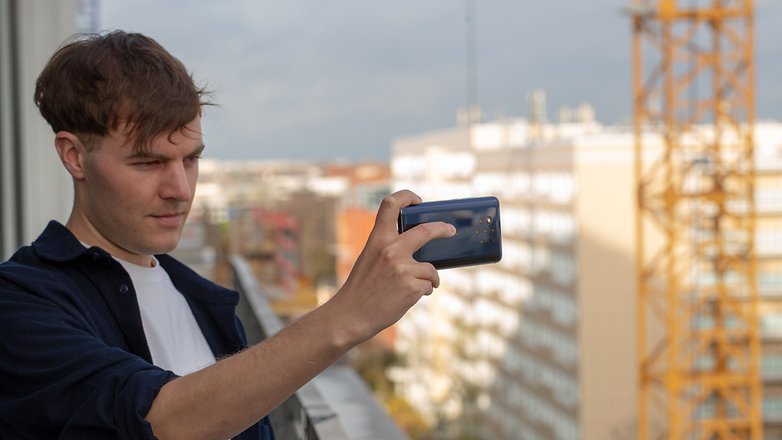
Unfortunately, due to this incredible workload for the SoC, the smartphone heats up quickly during even the shortest of photography sessions. Furthermore, it is never possible to know in time whether the photo taken was successfully or not before the end of processing. It has often happened to me that the camera changes its focus point at the exact moment I pressed the shutter button, wasting time on processing and precious battery.
One of the various promises of the Nokia 9 PureView photography department, made in collaboration with Zeiss and the Light experts, is the possibility of taking shots that can contain very detailed depth information (up to 1024 levels) so you can adjust and change the focus at a later time. To be honest, in some situations, the results are acceptable but in most cases, the processing software makes more mistakes than the classic bokeh effect software we are used to.

At least the normal photos, despite the biblical processing times, are spectacular... Right? Let's just say I wasn't entirely convinced. The photos are full of details, but unfortunately I have often happened to notice the colors are completely wrong. Even the contrasts are practically eliminated, resulting in flat, faded photos.
The dynamic range is not the best and often the brightest spots are burned out. Point in favor though, the software tends to expose framed subjects correctly, even at the expense of having other areas of the photo under or overexposed.
Some examples
 Nokia 9 PureView Nokia 9 PureView |
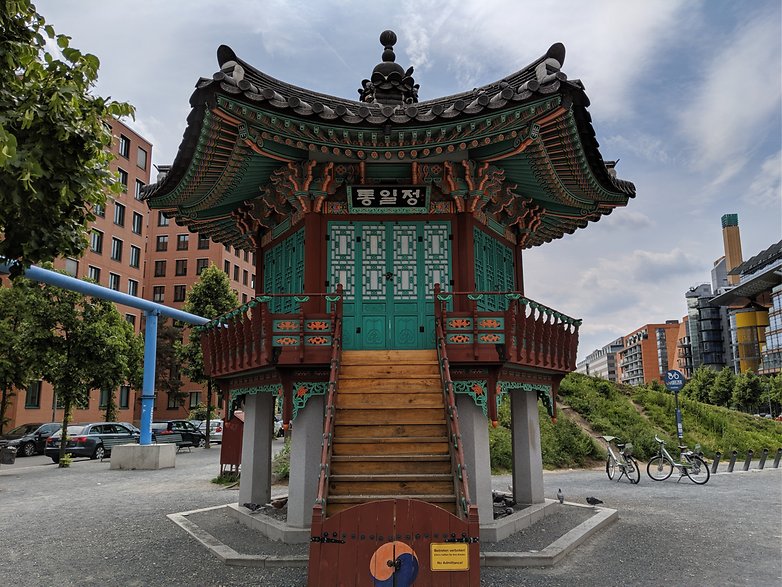 Google Pixel 3 XL Google Pixel 3 XL |
 Nokia 9 PureView Nokia 9 PureView |
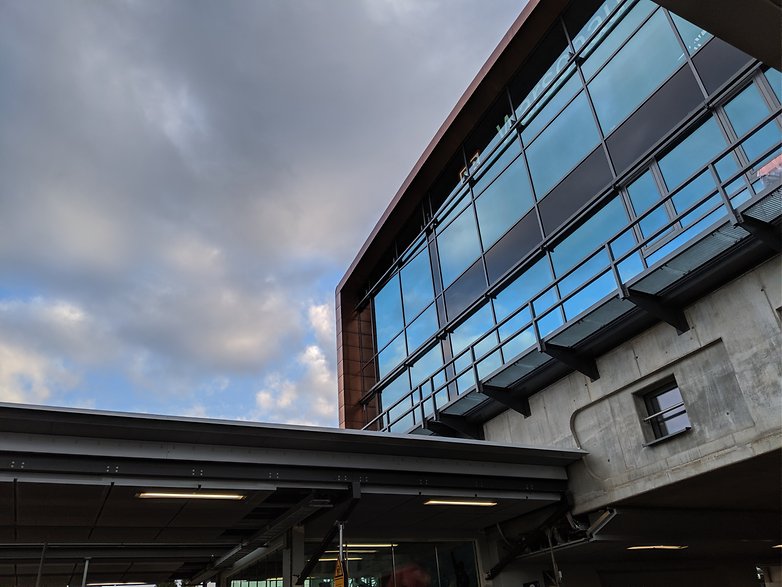 Google Pixel 3 XL Google Pixel 3 XL |
A great smartphone, despite everything
Forgive my fussiness about the camera department, but it is the only real reason why someone might consider spending the crazy figure of $699 to buy this smartphone. By removing biometric authentication methods from the equation, however, the Nokia 9 PureView is a pleasant smartphone to use.
The user experience is fabulous, Google Pixel style, and this is a dream for lovers of the Finnish brand. Unfortunately, the price does not seem to be ready to fall in the near future and the recently presented Pixel 3a represents a more than sensible alternative.
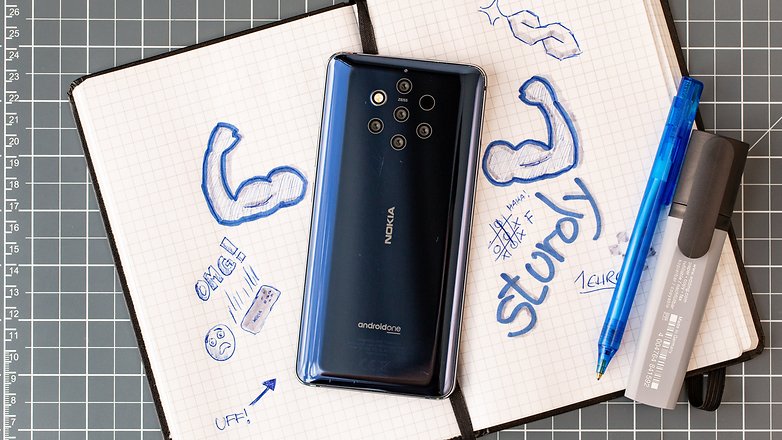
Anyway, I congratulate Nokia and HMD Global for having had the courage to dare, creating a device pleasant to use and with an iconic design that will surely make you enjoy it for the next few years. I really hope that the company will not stop imagining and making the fans of the brand dream and aims to return to the splendor of the past.
We believe in you, Nokia!




















Nice and fair review I thought and fantastic that you post the review after 100 days of usage, what a refreshing change and approach. I am surprised by the comments on the HDR, in my experience an other reviews most agree it is a beast, even more so if you do the tinkering after in lightroom on the RAW. The bokeh has its flaws like most, although adjusting from1/3 to 2/3 afterwards to get a more natural SLR effect on the depth of field does seem like a step forward in the right direction vs the harsh binary effect on most phones. For those who are not fans of the eye popping colour contrast of most phones this is an option, for that more natural (less social media) look, and you can get the standard phone photo look also if you appreciate the pleasure of adjusting afterwards. I think it has 3 BW & 2 RGB sensors.
Did the firmware updates improve the camera and/or fingerprint sensor?